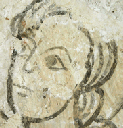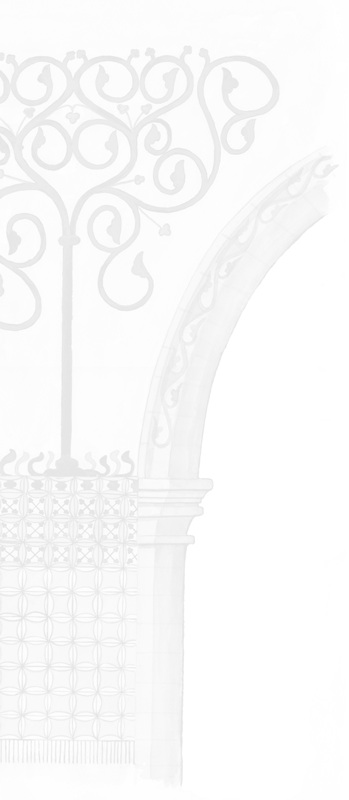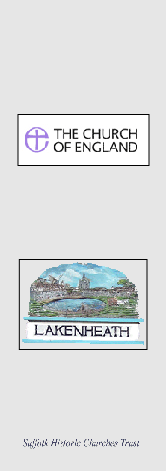









On the edge of the bleak and windswept East Anglian fenland sits the bustling little Suffolk village of Lakenheath. At the heart of the village, towering over its surroundings as it has done for almost a thousand years, stands the imposing bulk of the church of St Mary the Virgin. From without the church looks to be a typical example of East Anglian medieval architecture. A masterpiece of medieval craftsmanship, religious devotion and design. However, it is what can be found inside that has assured St Mary’s of a place in the history books.
In the second half of the 19th century a remarkable discovery was made inside the church. Scrapping away layers of dirt and lime-wash the Victorian workmen uncovered the remains of a startling series of medieval wall paintings. As each wall was examined more and more medieval images came to light. Angels, saints and sinners began to emerge from beneath the layers of lime-wash that had hidden them from view for hundreds of years. By the time the workmen had finished it was realised that the church contained not just one medieval paint scheme – but many. At least five different schemes were found, covering a period of over 400 years.
When they were first brought to the public’s attention the Lakenheath paintings caused quite a stir. However, the sheer quantity of paintings from different periods was also Lakenheath’s undoing. In some places fragments of three or four schemes sat upon the same pillar. The result was what appeared to be a jumbled mass of images that the public found very difficult to understand. Gradually interest in the newly found paintings diminished.
In the opening years of the 21st century, after being exposed to the elements for over 130 years, it was discovered that these remarkable paintings were in desperate need of conservation and preservation. If immediate action was not taken then it was likely that the paintings would be lost forever.
Early in 2009 a ground breaking project began to conserve the wall paintings. In a highly unusual move the funding bodies decided that, in addition to the physical conservation process, a key element of this project would be the interpretation of these images to the wider community. The idea was to be able to tell the story of the images – what they were, who they were made by and how they were made. This website tells the remarkable story behind these superb medieval paintings and the project to preserve them for the future.


